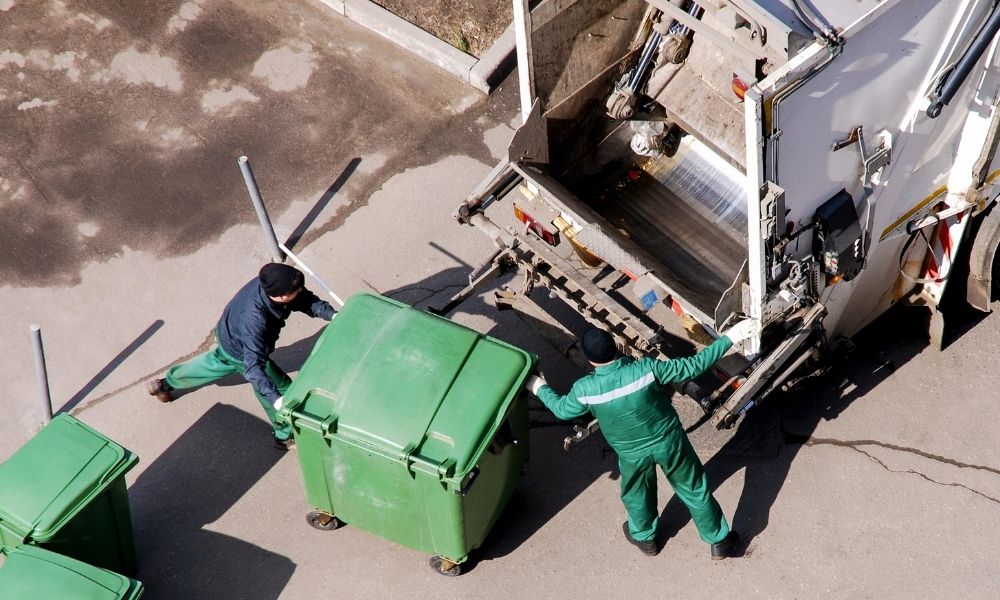
Waste disposal is a crucial job for society. Despite being integral to society, it can be hazardous for workers. Whether working in waste processing facilities or landfills, there are many health risks. There are several common health and safety risks of working in waste disposal that workers should know before taking the job. Understanding these risks makes it possible to take steps to minimize them. Handling waste properly requires actions by both employees and employers.
Moving Machinery
Moving machinery can include any number of essential machines on the job. A few examples are cutters, autoclaves, incinerators, and conveyor belts, all of which can be dangerous to workers. If you work with faulty equipment, whether it comes defective or breaks due to a lack of maintenance, this also poses issues. Malfunctioning equipment poses a significant risk to employees, resulting in severe injury or, in worst-case scenarios, death.
Renting heavy machinery is cost-effective, but you must ensure the equipment to borrow functions optimally. Test your equipment before use to get a feeling for how each machine handles.
You need to train all staff to handle machinery properly, know the risks involved, and know not to use medication or alcohol when operating heavy machinery. Likewise, machinery should get regular inspection and maintenance to lower risk.
Vehicles
Moving vehicles, including pallet trucks and forklifts within factories, can pose a risk to workers. To reduce this risk, workers should not walk in areas where vehicles will be driving if they can avoid it. It’s critical that you mark floors delineating where pedestrians should walk and where vehicles should drive.
Working at Heights
One of the leading causes of major injuries and fatalities is falling from heights. Because workers may have to be working from heights, the risk of falling becomes present. To mitigate this, workers should avoid working at heights whenever possible. When you can’t avoid it, working from a safe ledge is crucial. Ensure that all equipment is well-maintained to keep it secure enough to support people walking on it, and provide employees with essential protection, such as helmets and harnesses.
Manual Lifting
Among the most common health and safety risks of working in waste disposal is manual lifting. Most workers will have some degree of lifting as part of their job, but when they lift incorrectly, they can injure themselves. These injuries can cause back, shoulder, and neck injuries. To avoid this, you must train workers in manual handling to lift properly without harming themselves.
Slipping and Tripping
Finally, slipping and tripping cause some of the most common workplace injuries. It can be incredibly easy to trip, especially in poorly lit areas or if hazards are in pathways. Liquids can also cause slippery floors that can pose a risk. All workers should wear anti-slip safety shoes that offer toe protection; this prevents sudden loss of traction and toe injury.
You must clean equipment and floors and maintain adequate lighting around all walkways, especially near tripping hazards, to create a safer work environment for all.






